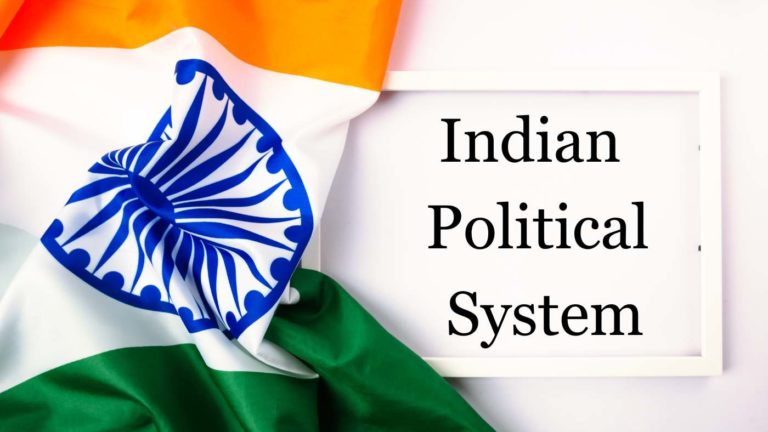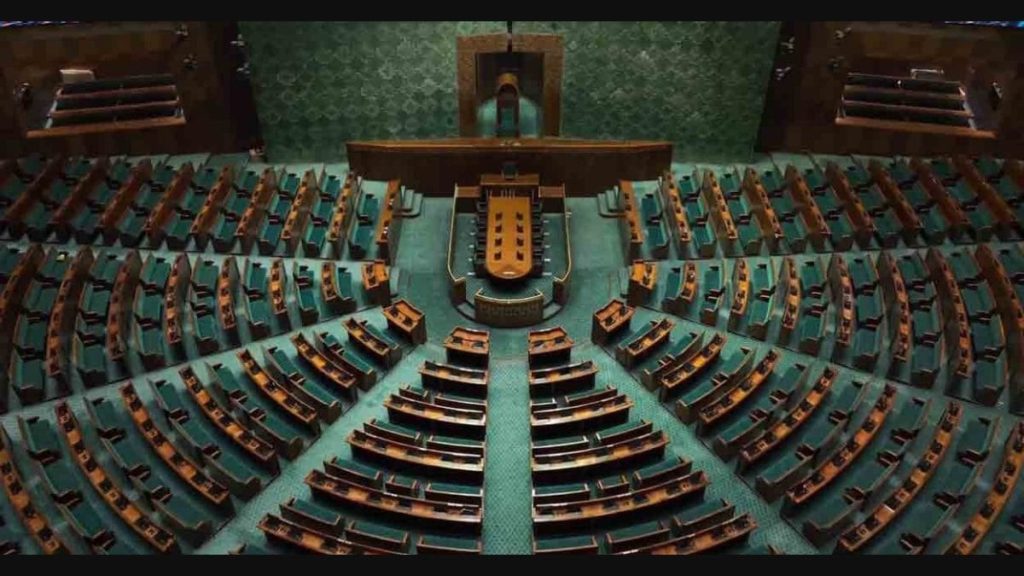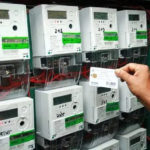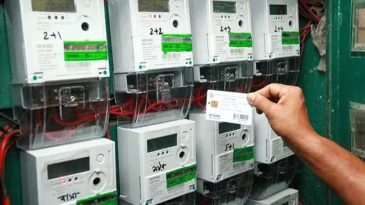- General
- Updated on February 9, 2025
How the Indian Political System Works: A Beginner's Guide

India, the world’s largest democracy, has a complex and diverse political system that governs a population of over 1.4 billion people. As a new learner of Indian politics, it can sometimes be overwhelming to understand how the system works. From the structure of its government to the roles of its political parties and elections, this beginner’s guide will break down the key aspects of the Indian political system in simple terms.
Whether you’re interested in how elections are conducted, the responsibilities of elected officials, or how the country’s federal system operates, this blog post will provide a comprehensive overview. Let’s dive into understanding the basics of India’s political system.
Overview of the Indian Political System
India’s political system is based on the principles of democracy, where power is vested in the hands of the people. It operates under a parliamentary system of government, which means that the executive (the government) is derived from the legislature (the parliament). The Indian political system is designed to ensure representation, fairness, and the separation of powers between the executive, the legislature, and the judiciary.
The political system can be broadly categorized into two main branches: Central Government and State Governments. The Constitution of India, adopted in 1950, lays down the framework for the political and legal governance of the country.
Structure of the Indian Government
The Structure of the Indian Government outlines the division of powers and responsibilities between the executive, legislative, and judicial branches. This framework ensures the smooth functioning of the country’s democratic processes and governance.
1. The Executive Branch
The executive branch of the Indian political system consists of the President, the Prime Minister, the Council of Ministers, and various government agencies. Let’s take a closer look at the role of each.
The President of India
The President is the ceremonial head of state and holds the highest position in the country. Although the President has a largely symbolic role, they have certain powers, such as signing bills into law, calling for elections, and appointing key officials, including the Prime Minister. The President is elected by an electoral college, comprising members of both houses of Parliament and the elected members of the state assemblies.
Also Read : Draupadi Murmu Wiki : Family, Politics and Education
The Prime Minister and the Council of Ministers
The Prime Minister is the real head of government and is the leader of the largest political party in the Lok Sabha (the lower house of Parliament). He is responsible for forming the government and making major policy decisions. The Prime Minister appoints a team of ministers to assist in governing different sectors of the country, including finance, education, health, and defense.
2. The Legislative Branch (Parliament)
India has a bicameral legislature, meaning it consists of two houses: the Lok Sabha and the Rajya Sabha.
The Lok Sabha (House of the People)
The Lok Sabha is the lower house of Parliament and is composed of representatives directly elected by the people of India through general elections. Each member represents a particular constituency. The Lok Sabha has significant powers, including approving budgets, passing laws, and controlling the government’s activities.

The Rajya Sabha (Council of States)
The Rajya Sabha is the upper house of Parliament and is made up of members who are elected indirectly by state legislatures and members of the Lok Sabha. This house serves as a revising chamber, where it reviews and suggests amendments to bills passed by the Lok Sabha.
3. The Judicial Branch
India’s judiciary is independent of the executive and legislature. The Supreme Court of India is the highest court in the country and plays a vital role in interpreting the Constitution, ensuring justice, and safeguarding fundamental rights.
The judicial system is a hierarchical structure, with various levels of courts, including High Courts at the state level and district courts at the local level. The Supreme Court also has the power of judicial review, which allows it to strike down laws that are unconstitutional.
The Federal Structure of Indian Government
India follows a federal system of government, meaning that the country is divided into states and union territories, each with its own government. The federal system is designed to maintain a balance of power between the central government and state governments.
1. The Union List, State List, and Concurrent List
The Constitution of India divides the responsibilities between the central government and state governments into three categories:
- Union List: Areas under the jurisdiction of the central government (e.g., national defense, foreign affairs, and communications).
- State List: Areas under the jurisdiction of the state governments (e.g., police, public health, and agriculture).
- Concurrent List: Areas where both the central and state governments can legislate (e.g., education, criminal law, and marriage).
2. Role of State Governments
Each state in India has its own government, headed by a Chief Minister, who is the leader of the party or coalition with the majority in the state legislature. The state government is responsible for implementing laws and policies specific to the needs of the people in the state.
State governments have the power to make laws, enforce laws, and manage the administration of their respective states, but they must do so within the framework of the Indian Constitution.
Political Parties in India
India has a multi-party system, meaning that several political parties operate at both the national and regional levels. The country has a number of national parties and regional parties, each representing different political ideologies, interests, and regions.
1. National Parties
Some of the major national parties in India include:
- Bharatiya Janata Party (BJP): A right-wing party, currently the largest party in the Lok Sabha, with a focus on Hindu nationalism and strong national security.
- Indian National Congress (INC): The party that led India to independence, with a focus on secularism, social justice, and inclusive development.
2. Regional Parties
Regional parties play a significant role in Indian politics, especially at the state level. These parties represent the interests of specific regions or communities. Examples include the Aam Aadmi Party (AAP), the Trinamool Congress (TMC), and the Shiv Sena.
3. Coalition Governments
In India, coalition governments are common. This happens when no single party has a clear majority in the Lok Sabha, and multiple parties must come together to form a government. These coalitions can be unstable, but they reflect India’s diverse political landscape.
Elections in India
India conducts regular elections at various levels: central, state, and local. Elections are a crucial aspect of India’s democratic system and are held to elect the members of the Lok Sabha, Rajya Sabha, state legislative assemblies, and local bodies.
1. General Elections (Lok Sabha Elections)
General elections are held every five years to elect members of the Lok Sabha. India’s Election Commission oversees the election process to ensure fairness and transparency. Voting is done through a first-past-the-post system, where the candidate with the most votes wins.
2. State Elections
Each state conducts its own elections to elect members of the Vidhan Sabha (State Legislative Assembly). The Chief Minister is usually the leader of the party or coalition with the majority in the state legislature.
3. Local Elections
Local elections are held to elect representatives for urban and rural local bodies such as municipal corporations and panchayats.
Conclusion
The Indian political system is vast and complex, with its roots in the principles of democracy, equality, and justice. The system operates through a balance of powers between the central and state governments, the legislature, the executive, and the judiciary. Understanding the Indian political system helps us appreciate the functioning of one of the world’s largest democracies.
Whether you’re an Indian citizen or someone interested in learning about India, understanding the basic workings of the system is essential to participating in democratic processes and staying informed about political developments. From the executive and legislative branches to the federal structure and the role of political parties, the system works together to maintain the democratic fabric of India.
Join the discussion
Related Articles
No results available
ResetTrending Articles


- General
- Updated on December 5, 2025


- General
- Updated on December 2, 2025


- General
- Updated on December 5, 2025


- General
- Updated on November 27, 2025


- Health
- Updated on November 24, 2025


- General
- Updated on November 24, 2025


- General
- Updated on November 19, 2025


- General
- Updated on November 19, 2025


- General
- Updated on November 14, 2025


- Tech
- Updated on November 12, 2025
No results available
Reset


